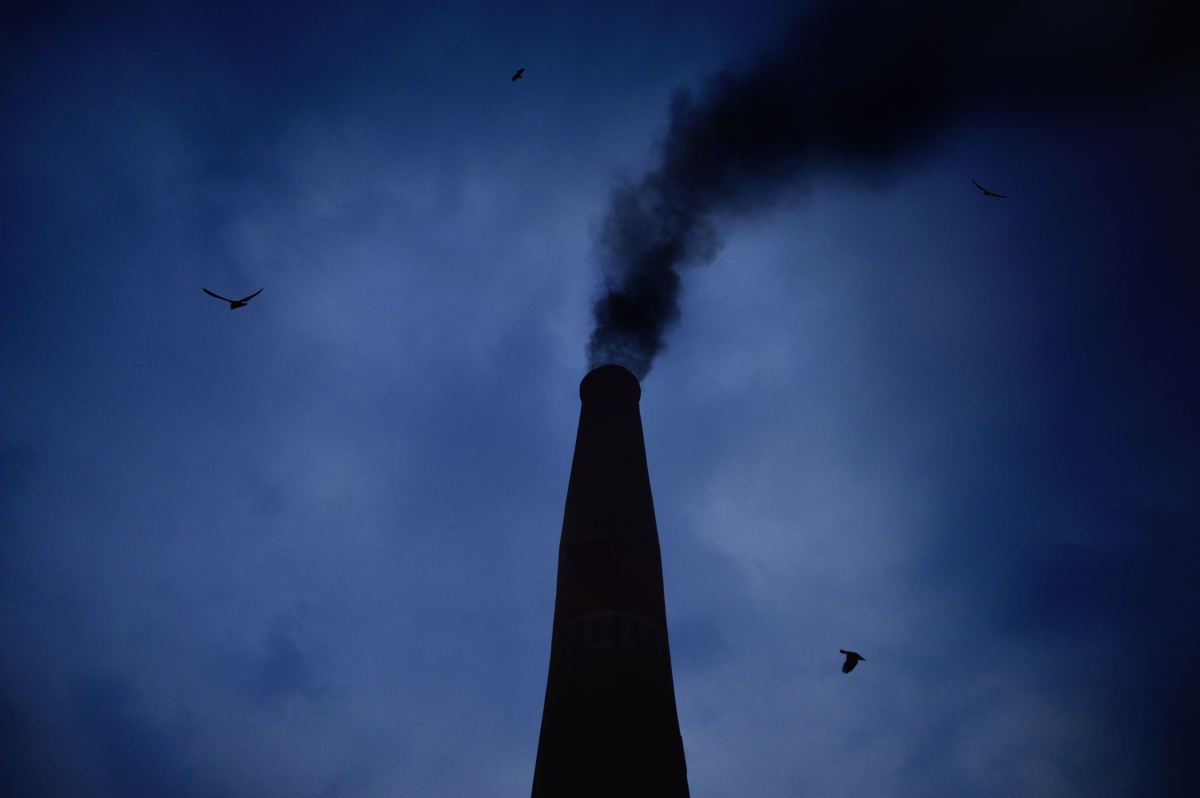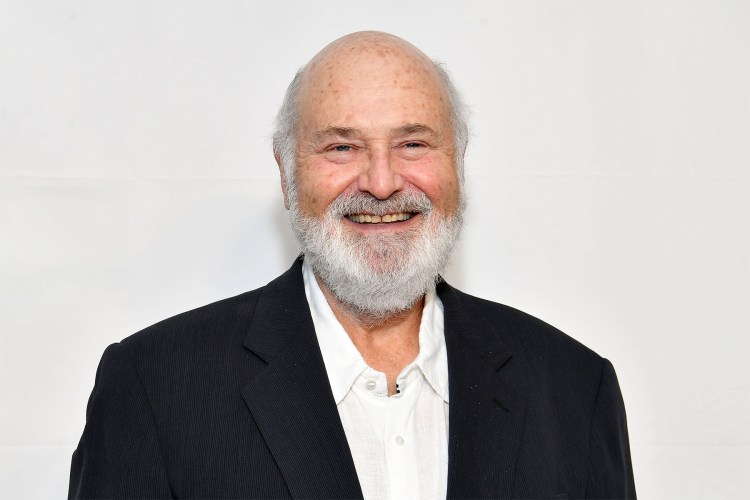The rich get richer and the poor get pollution.
New research reveals 4.4 million Americans live near heavily polluting incinerators, including a disproportionately high number of low-income and minority communities, the Guardian reported.
Incinerators that burn household and commercial waste release toxic pollutants including mercury and lead, leaving nearby residents exposed to harmful fumes. There are 73 of these incinerators across the United States, and 79 percent of them are located within three miles of low-income and minority neighborhoods, according to research by the Tishman Environment and Design Center at The New School in New York City.
Of the 4.4 million people living near one of these incinerators, 1.6 million are located close to one of the top 12 most polluting, as ranked based on pollutant emissions including mercury, lead, particulate matter, sulfur dioxide, nitrous oxide and carbon monoxide.
Incinerators gained popularity in the 1980s as a means of waste disposal after federal rules eliminated many of the country’s most harmful landfills. While proponents of incinerators still argue that the facilities are less harmful than landfills, many activists have called for their closure, citing a range of health problems linked to incinerator-borne pollutants, including asthma and heart disease.
“Even with the best pollution controls, there’s a real cause for concern for people living next to incinerators,” said Ana Baptista, associate director at Tishman and one of the co-authors of the report.
Meanwhile, as the Guardian noted, the incinerators aren’t the only source of pollution disproportionately affecting underprivileged communities. Members of these same communities are also far more likely to be housed near power plants, highways and landfills.
“Incinerators have never been just about public health,” said Mustafa Santiago Ali, a former EPA environmental justice official. “They have been about, race, power, justice, governance and poverty.”
Editor’s Note: RealClearLife, a news and lifestyle publisher, is now a part of InsideHook. Together, we’ll be covering current events, pop culture, sports, travel, health and the world.
Thanks for reading InsideHook. Sign up for our daily newsletter and be in the know.



















